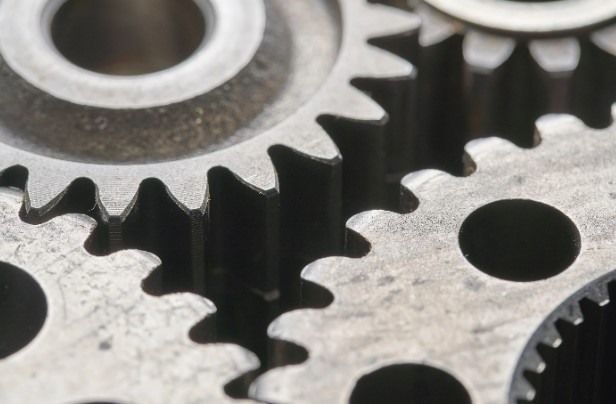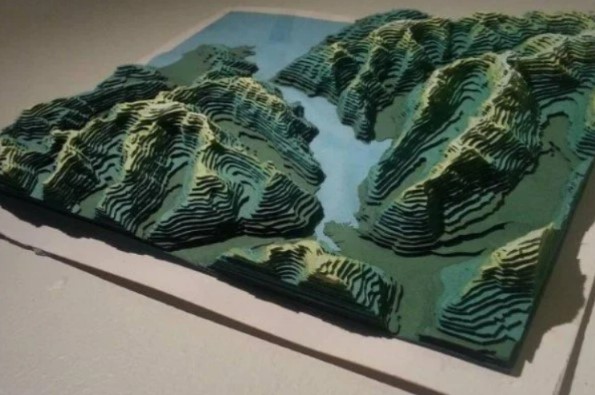Sydney, traditionally not known as a mining hub compared to other regions in Australia, still plays a crucial role in the broader context of the Australian mining industry. The city serves as a strategic base for numerous mining companies operating in New South Wales and beyond, thanks to its well-developed infrastructure and proximity to key logistical networks. Mining activities, particularly in areas surrounding Sydney, focus on a variety of resources including coal, copper, and gold, which contribute significantly to the local and national economy.
Historically, mining in the region dates back to the early days of European settlement when coal was first discovered near Newcastle in 1791. Since then, the evolution of mining technologies and practises has been integral to the development and expansion of the industry. From manual labour-intensive methods to the adoption of large-scale mechanised mining, the industry has seen significant transformation, shaping the economic landscape of Sydney and its adjoining regions.
Significance of Innovation in Mining
Today’s mining industry faces a plethora of challenges that necessitate ongoing innovation and adaptation. Key issues include enhancing cost efficiency, improving safety standards for workers, and mitigating environmental impacts. The high cost of operations, driven by labour costs and the need for compliance with increasingly stringent environmental regulations, puts pressure on mining companies to find more efficient ways of operating.
Technological advancements play a pivotal role in addressing these challenges. Innovations such as 3D printing and 3D scanning, which are beginning to be integrated into mining operations, offer promising solutions. These technologies not only help in reducing costs by optimising resource usage and minimising waste but also enhance safety by enabling the precise and rapid production of necessary tools and parts on-site. Additionally, they contribute to environmental conservation efforts by improving the accuracy of site assessments and reducing the footprint of mining activities.
As Sydney’s mining sector continues to grow and evolve, the integration of these cutting-edge technologies is set to transform traditional practises, paving the way for a more efficient and sustainable future. This ongoing technological revolution underscores the critical importance of innovation in sustaining the long-term viability of the mining industry in and around Sydney.
The Advent of 3D Printing in Mining
Basics of 3D Printing Technology
3D printing, or additive manufacturing, is a transformative approach that constructs three-dimensional objects from digital models, building them layer by layer. This method has become pivotal in industries such as aerospace, automotive, healthcare, and notably in the mining industry. It is especially significant as a mining manufacturing solution, providing robust capabilities across various sectors. The following are several types of 3D printing technologies utilised in industrial applications:
- Fused Deposition Modelling (FDM): This common method involves the melting and extrusion of a plastic filament to construct an object layer by layer, ideal for direct digital manufacturing of durable parts.
- Stereolithography (SLA): SLA employs an ultraviolet laser to cure and solidify liquid resin into hardened plastic, offering high precision for complex models.
- Selective Laser Sintering (SLS): Utilising a laser to sinter powdered material, this technology forms solid structures, suitable for intricate and durable components.
- Direct Metal Laser Sintering (DMLS): DMLS uses metallic powders to create robust and heat-resistant parts, crucial for high-stress environments in mining.
- Electron Beam Melting (EBM): Focused electron beams melt metal powder to produce parts that are extremely dense and strong, ideal for critical mining applications.
-
Digital Light Processing (DLP): Similar to SLA, DLP projects light onto a resin vat, rapidly solidifying it, suited for faster production rates.

Applications of 3D Printing in the Mining Sector
3D printing services in Sydney are revolutionising how mining operations are conducted, enhancing flexibility and efficiency:
- Custom Tool and Machinery Part Manufacturing: 3D printing allows for the precise creation of bespoke tools and machine components directly on-site, reducing the dependency on extensive supply chains.
- On-demand Production at Mining Sites: The ability to manufacture parts as needed ensures continuous operation and minimises downtime, serving as an effective mining manufacturing solution.
Benefits of 3D Printing in Mining
The deployment of 3D printing technology in mining offers numerous advantages:
- Cost Reduction through Optimised Supply Chains: 3D printing in Sydney minimises the logistical costs and inventory requirements traditionally associated with mining operations.
- Improved Safety with Customised and More Reliable Tools: Producing tools tailored to specific tasks reduces the risk of accidents and increases operational safety.
- Enhanced Innovation through Rapid Prototyping: The ability to rapidly prototype and refine solutions allows mining companies to address challenges efficiently and foster a culture of innovation.
By embracing 3D printing and 3D scanning services in Sydney, the mining industry is not only addressing its current needs but is also paving the way for future advancements, making operations safer, more efficient, and more cost-effective.
Integration of 3D Scanning in Mining Operations
Understanding 3D Scanning
3D scanning is a technological process that captures the shape of physical objects using laser light or other methods to produce precise digital models. This technology is crucial for various industries, including manufacturing, construction, and particularly mining, where it serves as a foundational tool for accurate data collection. As a 3D scanning service provider, the technology is segmented into several types based on the principles of operation:
- Laser Scanners: These devices emit laser beams to measure the distance between the scanner and the surface of the object. They are highly accurate and ideal for outdoor environments, making them suitable for mining applications.
- Structured Light Scanners: These scanners project a series of light patterns onto the object. The camera then observes the deformation of these patterns to create a 3D model, useful for capturing fine details.
- Photogrammetry: This method uses photographs taken from different angles. Software processes these images to create a 3D representation, useful for larger areas.
Role of 3D Scanning in Mining
The application of 3D scanning in the mining industry has revolutionised how operations are conducted, enhancing both efficiency and safety:
- Site Mapping and Exploration: 3D scanning facilitates comprehensive site surveys and mineral exploration, providing detailed topographical data that helps in planning and optimising mining operations.
- Monitoring and Maintenance of Mining Equipment: Regular 3D scans help monitor the condition of mining equipment, allowing for preventative maintenance and reducing unexpected downtime.
- Enhanced Accuracy in Volume Calculations and Terrain Mapping: Accurate volume estimations are crucial for managing stockpiles of mined materials. 3D scanning offers precise volume calculations, improving inventory management and operational planning.
Synergy Between 3D Printing and 3D Scanning
Interdependent Technologies
In the dynamic industrial landscape of Sydney, the integration of 3D printing and 3D scanning technologies is driving a new era of innovation and operational efficiency. These technologies complement each other effectively, enhancing the capabilities of various industries, including mining.
- Complementary Nature: 3D scanning captures precise details of objects, creating accurate digital models that are essential for 3D printing. This seamless transition from digital capture to physical creation allows for the accurate replication and modification of essential parts and tools in mining operations.
Integrated Workflows: Combining 3D scanning and 3D printing in Sydney streamlines production processes. For example, a part scanned at a mining site can be quickly redesigned digitally, optimised, and then printed on-site, significantly reducing the time from design to deployment.

Innovative Projects Combining Both Technologies
Several projects in Sydney demonstrate the practical applications of merging 3D printing and scanning:
- Infrastructure Repair and Replacement: In a standout project, 3D scanning was used to capture the dimensions of a damaged pipeline at a mining site. The data was then used to 3D print a custom-fit replacement part overnight, minimising downtime and potential productivity loss.
- Customised Mining Tools: Another initiative involved creating customised mining tools tailored to the specific geological conditions of a Sydney mining site. By scanning the site and existing tools, engineers designed improvements that were then realised through 3D printing, enhancing tool efficiency and durability.
Predictive Maintenance and Customised Solutions
The synergy between these technologies also extends to maintenance strategies:
- Predictive Maintenance: Regular scanning of mining equipment allows for the early detection of wear and discrepancies through precise 3D models. Necessary custom parts can then be 3D printed in Sydney before failures occur, supporting a predictive maintenance approach that reduces unplanned outages.
- Customised Solutions for Complex Challenges: For complex issues, such as unconventional equipment failures, 3D scanning provides a detailed understanding of the problem. Engineers can then use 3D modelling to design a bespoke solution that is quickly produced via 3D printing, ensuring timely and effective repairs.
The fusion of 3D printing and 3D scanning technologies is revolutionising the mining industry in Sydney, establishing a new benchmark for innovation, efficiency, and sustainability. By harnessing the capabilities of 3D print and 3D scanning services in Sydney, mining companies are not only enhancing their operational workflows but are also achieving significant advancements in safety, cost management, and environmental compliance. These technologies enable precise mapping, rapid prototyping, and the on-demand production of tools and parts, drastically reducing downtime and optimising resource usage. As Sydney continues to embrace these transformative technologies, the future of its mining industry looks increasingly efficient, resilient, and ready to meet the challenges of the modern world.